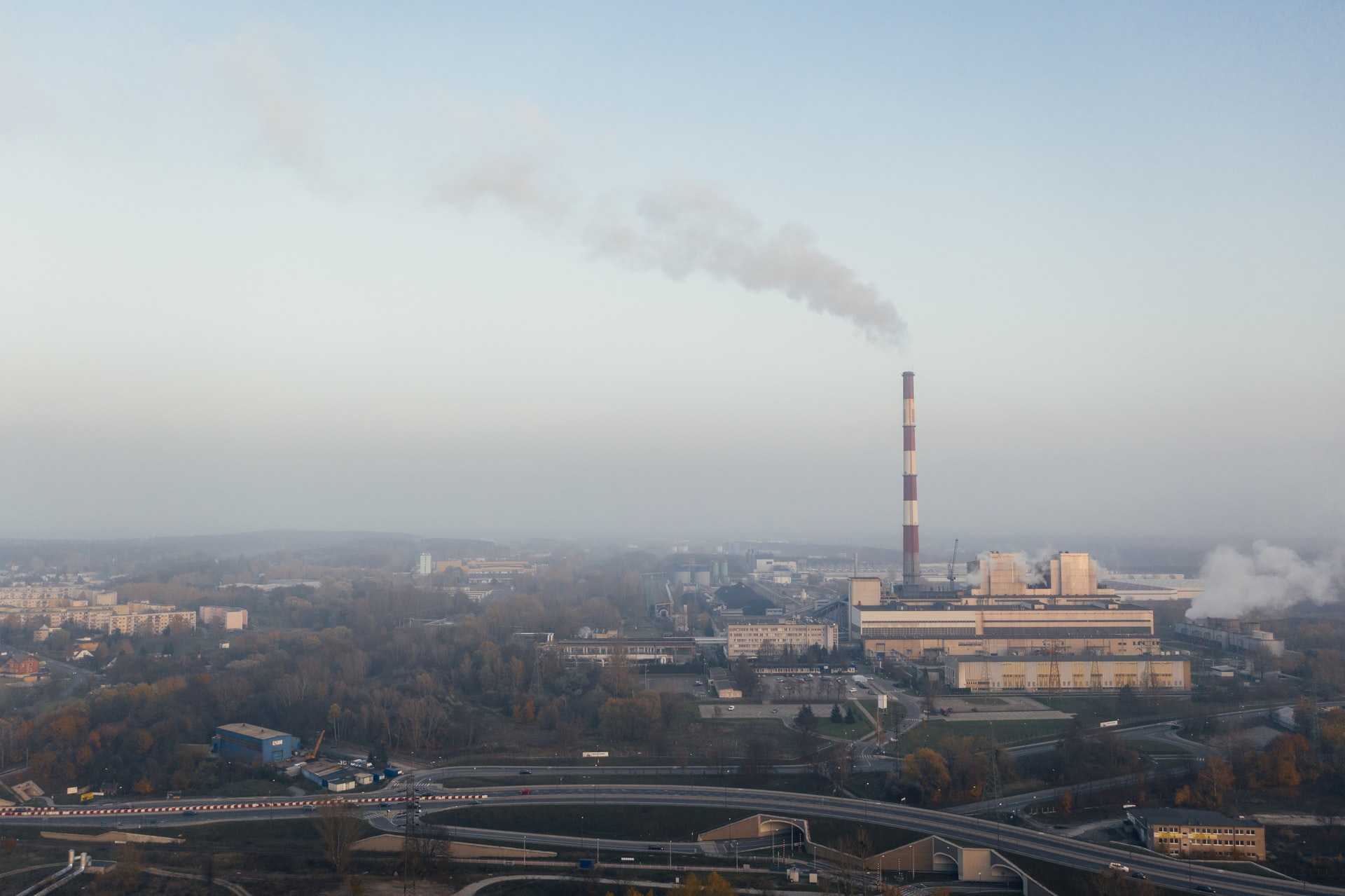Are we all doomed in 6 to 8 years?

A month ago, climate scientists and activists were obsessed with director Adam McKay’s latest climate-inspired movie, Don’t Look Up. With few exceptions, folks in the climate community loved the film.
This past weekend, those same people fell out of love with McKay when he tweeted this.
Immediately climate scientists and researchers like Chris Colose and Hannah Ritchie criticized the tweet, arguing that the line between stability and disaster isn’t so black and white. The world won’t suddenly fall into chaos in 6-8 years.
They also argued that at best this narrative distracts us from the fact that for some — like those living in the Global South — climate change is already wreaking havoc today in 2022. And at worst, the “biblical catastrophe” narrative will motivate a generation of activists for a few years, and then disappoint them when we fail to “fix climate change” by 2030.
But hyperbolic as McKay’s tweet may be, it’s not that different from the argument that the UN has been making for years, or what Biden argued last fall in hopes of motivating a sluggish Congress. Both the UN and Biden suggested that if we don’t act this decade, a terrible future awaits us.
Climate damage will be measured in more gradients than McKay, Biden, and the UN all suggest. There’s no cliff or line in the sand where the world falls into sudden chaos. Instead, the suffering wrought by climate change will sneak up on the world one ton of carbon and fraction of a degree at a time.
Nonetheless, McKay’s tweet speaks to a truth of decarbonization: The only way to avoid catastrophic climate change is to act immediately. In order to see why, it’s helpful to look at some numbers.
The simple math of “deep, early cuts”
In 2021, all the people, corporations, and cow burps in the world emitted about 50 billion tons of carbon dioxide and other greenhouse gases into the atmosphere.
Now imagine two different paths forward. In the first scenario, we all get our act together and start cutting emissions at the pace of 2 billion tons every year for the next 30 years. As a result we reach zero-emissions by 2047.
In the second scenario we drag our feet for the next decade and then start cutting carbon emissions at the same pace of two billion tons per year. In this scenario, we reach zero emissions by 2056.
At first glance these scenarios might not seem that different. Who cares if we reach zero emissions in 2047 or 2056? Both are pretty close to the 2050 timeline that is so commonly referenced.
Looking only at the graph of annual emissions it’s tempting to think that we can delay action. We can wait for climate solutions to get cheaper and for our geriatric members of Congress to retire.
But when measuring climate change, annual emissions are much less important than cumulative emissions. The total amount of greenhouse gases in the atmosphere is what really matters. And this is where the two scenarios diverge drastically.
Despite only a decade of delay, the slow scenario results in almost twice as many cumulative emissions over the next three decades than the faster scenario. In absolute terms, that’s a difference of 450 billion tons of greenhouse gases in the atmosphere.
So how much is 450 billion tons? Let’s put that number in context.
Between 1850 and today humans have pumped about 2.5 trillion tons of carbon dioxide into the atmosphere. That means 450 billion is about 20% of all the emissions we’ve ever put in the atmosphere.
According to the latest IPCC report, if we want to stay below 1.5 degrees, we can only emit another 570 to 770 billion tons in total. If we want to stay below 2 degrees we can only emit between 1320 and 1690 billion tons.
A decade of delay will likely mean the difference between 1.5 and 2 degrees. And again, that might not sound like a lot. But it’s the kind of difference that terrifies the people that study this stuff for a living. It’s the difference between the Antarctic ice sheet collapsing. It’s the difference between hundreds of millions of more people living in areas of frequent heat waves, poverty, and extreme droughts. It’s almost certainly the difference between a world with coral reefs and one without.
Whether or not our world will look like “a permanent state of biblical catastrophe” when it’s an average of 1.5 degrees warmer, as McKay suggests, will depend largely on one’s perspective and place in society. The wealthiest people may be able to insulate themselves from the worst of the damage like the villains of Don’t Look Up. But for the billions of low-income people around the world that will be more vulnerable in a world of increasing natural disasters, droughts, and extreme temperatures, McKay’s prediction might not be hyperbolic at all.
The task ahead of us, if we want to avoid that future, is daunting. But it’s not impossible. Many of the solutions we need have already been invented. With more funding, policy change, and people working on this problem, we can deploy those technologies at mass-scale and invent the remaining solutions that we need.
One thing is clear though: Time is not our friend. We need everyone doing everything they can as soon as possible. Nothing else is sufficient.
Want to read more stories like this?
If you enjoyed this story, please consider signing up for our newsletter. Every week, we publish a well-researched article about climate change and all the things we can do to mitigate it.
